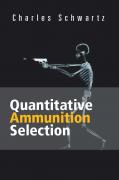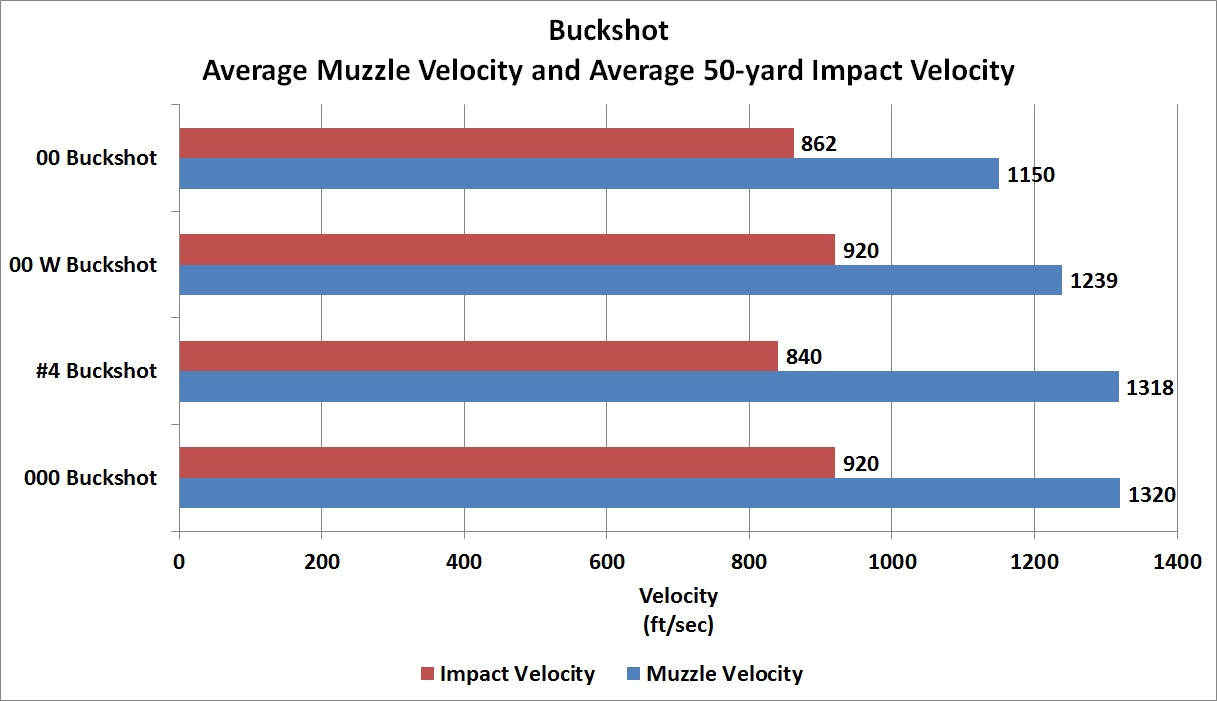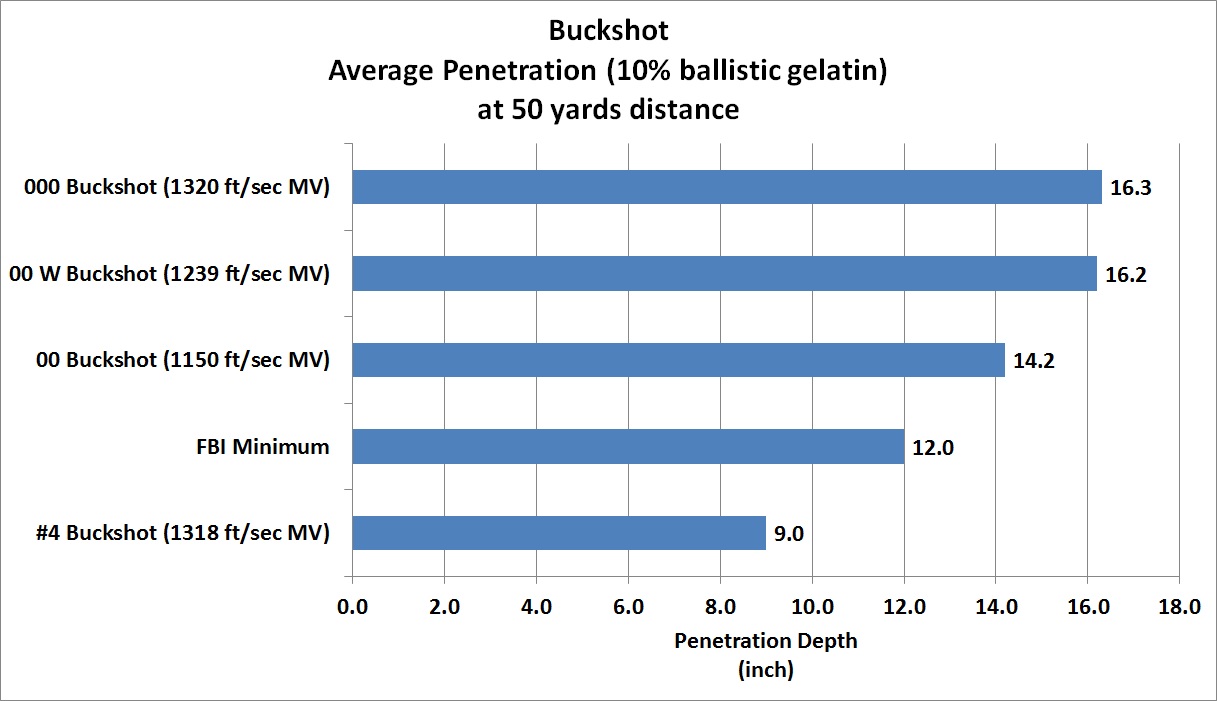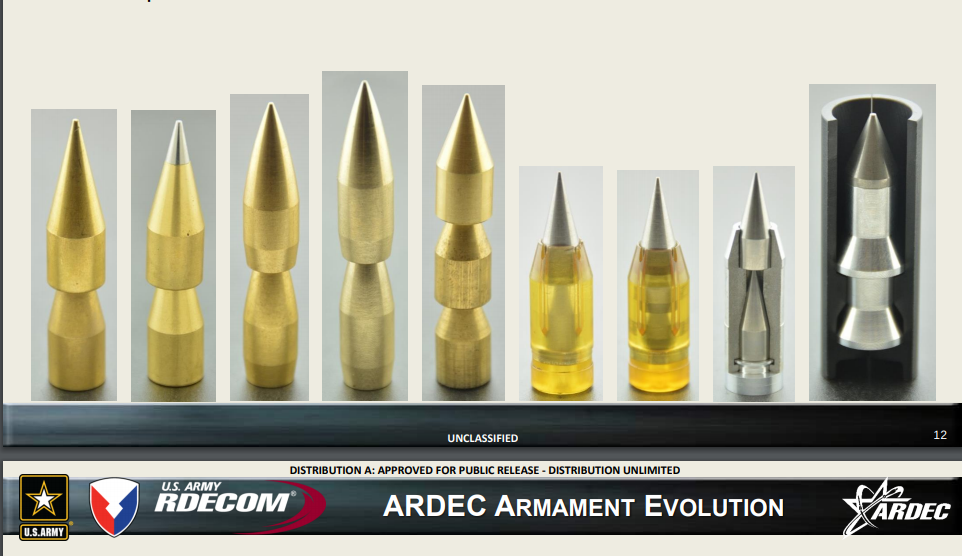I accept Schwartz's expedient equation will predict penetration in BG +/- .39 inches with 95% confidence.
Let's look at the actual testing & prediction of the two rounds that got you started on this journey.
.38 Special 148 grain WC
Brass Fetcher testing in 10% ordinance gel: @ 650 FPS penetrates 16.0''
Schwartz prediction: 17.93''
000 buck Multi-Ball
Brass Fetcher testing in 10% ordinance gel: @ 790 FPS penetrates 16.2''
Schwartz prediction: 14.16''
Just for grins, let's look at
00 buck:
Brass Fetcher testing in 10% ordinance gel: @ 1340 FPS penetrates 19.6''
Schwartz prediction: 18.92''
All are outside +/- .39 inches and shows why actual testing is needed and not just "paper" predictions as you have no way of knowing if a given round lies within his CI without testing it. Testing is even more critical if your predictions are near the borders of the acceptable range of penetration, especially when it's the low end of acceptability.
BTW, I couldn't help but notice you
cherry picked your model here again and presented Machperson's prediction for 000 buck since it was closer to this one actual test.
Back to Schwartz, I also accept him when he says in chapter 6 there is no way to predict the unexpected or adverse effects a barrier may have on terminal performance so
testing must be done. He's says the same in his summary recommendations in Chapter 10 - "While there is no substitute for
testing ammunition against the actual barriers...". Machpherson has said the same about barriers.
4LD testing probably doesn't matter so much with WCs as it sounds like BG/4LD results are really close with WCs, but AG still does, at least for me and my carry ammo. It's not just because I may have to shot a threat from inside my car (think car jacking, road rage attack, guy attacking half a dozen people in their cars with an ax as happened in my area a few years ago), it's that this test is useful for another reason.
Most importantly, I accept Schwartz when he recommends using a JHP with 16'' penetration, +/- 2''. That's close to DocGKR recommendation of modern barrier blind expanding ammo that penetrates ~15''. See this
post:
Looking at actual shootings validates (beats?) lab testing and lab testing beats "paper" predictions.
If you're happy with <= 13'' of predicted penetration in BG of non expanding, non barrier blind projectiles, rock on.
To end with a great quote from
BehindBlueI's that sums up my thoughts here:



 Reply With Quote
Reply With Quote









